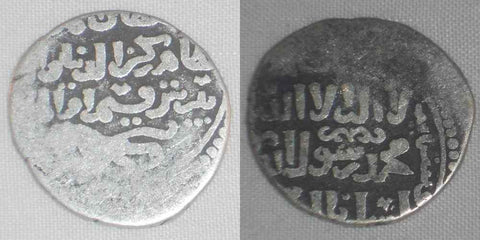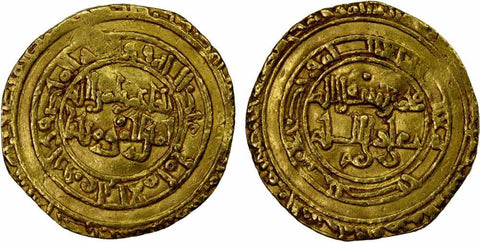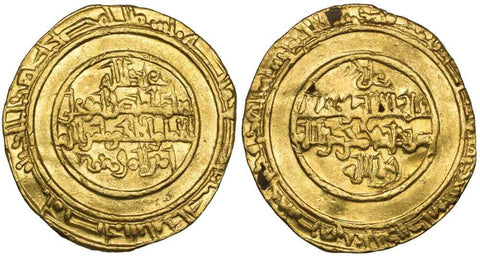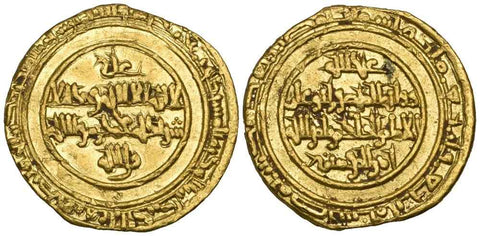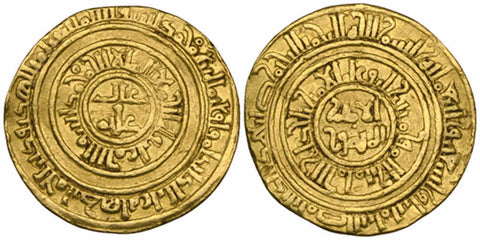1260s Silver Islamic Coin Dirham Mamluk Sultan Baybars I Heraldic Lion Balog 72
Description: A silver coin from the times of Baybars 1st (Al-Zahir Rukn Al-Din Baybars), who ruled Egypt and Syria during the period 658-676 AH (1260-1277 AD)Baybars is from the Bahari Mamluk dynasty. This is a dirham weighing about 2.6 grams and measuring ~21 millimeters diameter. It is in generally in very good condition with considerable wear and areas of flatness as well as displaying a dark patina in the field. Be that as it may, the coin shows parts Baybars I Heraldic Lion and the following legend on the obverse (...tan...; ..zaher Rukn al-Dunya wa al-....; Baybars Qasim Amir al-Mum...). The reverse shows the legend "....La Elah Ela Allah; Muhammad Rasul Al.." separated by a linear design with peripheral inscription of which "Setmayah" or 600 to the side of the word Muhammed is apparent. There is also indication of words below the central legend which are not readable. Both sides are off center with areas of weakness and remnants of beaded borders. The coin does not show a date or the place of minting and is similar to Balog 72 which was minted in Cairo Egypt in the year 660 AH. Please carefully review the photos presented as they are part and parcel of our description.
Date: Undated, struck in the period 658-676 AH (1260-1277 AD) possibly in 6600 AH or 1262 AD.
Mint: The place of minting is not evident on the coin, but most likelyy al-Qahira or current day Cairo the capital of Egypt.
Size and Weight: This is a silver dirham, weighs ~2.6 grams of silver and is ~21 mm in diameter.
References: It is Album #883, similar to Balog #72, and it is Wilkes 960.
Condition: I would grade this coin as a nice fine or better. The coin itself is much better than the photos suggest with partially defined and legible calligraphy on both the obverse and reverse as well as the image of the Heraldic Lion on the obverse. The coin is a bit off round, shows considerable wear and has areas of flatness, which can be seen in the photos, but still shows the well-defined title of Baybars and the heraldic lion. Both sides are off center with areas of weakness and remnants of beaded borders while displaying a dark patina in the field. This is normally a more difficult coin to find, which would make a nice addition to your collection. Please see the photos for additional condition information.
Historic Perspective: The word Mamluks in Arabic means "owned", hence their nickname "Slave Kings". They succeeded the Ayyubids and ruled Egypt and Syria for about 250 years. They had been recruited by the Ayyubids and then, like the Turkish mercenaries of the Abbasid caliphs, had usurped power from their enfeebled masters. Unlike their predecessors, however, they were able to maintain their power, and they retained control of Egypt until the Ottoman conquest in 1517. Militarily formidable, they were also the first power to defeat the Mongols in open combat in 1260, at Ayn Jalut near Nazareth in Palestine.
The Mamluk sultans are usually divided into two dynasties, the Bahris (1250 - 1382 AD), chiefly Turks and Mongols, and the Burjis (1382 - 1517 AD), chiefly Circassians. These names arise from the location of the barracks of the Mamluks within the city of Cairo (Al Kahira). Those originating from the barracks on an island in the Nile are Bahari (sea dwellers) and those who were in the towers of the Cairo Citadel are the Burjis (the tower dwellers). The Bahri sultans were usually selected from a few chief families, but during Burji times there was scant respect for hereditary principle in the selection of rulers. Neither dynasty was able to exercise more than a limited power over the turbulent Mamluk soldiers. The sultans reigned, on average, less than seven years and usually met violent ends. In spite of the dangers that threatened the sultans at home, they usually conducted a vigorous foreign policy. They defeated the last of the Crusaders and repulsed the Mongol invasion of Syria. At times they held all Palestine and Syria and the holy places of Arabia. Even after the Ottomans occupied Egypt they wheeled quite a bit of power until Mohammad Ali massacred the last of them at the Cairo Citadel in the early 1800's.

